Orangerie Museum Private Tour
Orangerie Museum Private Tour with a postgraduate licensed tour guide. The Musée de l’Orangerie is also nicknamed “The Sistine Chapel of Impressionism” because of its two famous Monet’s Water Lilies immersive rooms. But l’Orangerie also houses the prestigious Guillaume-Walter Art collection which is mainly dedicated to the beginning of the 20th century with amazing works from Renoir, Cézanne, Modigliani, Picasso, Derain, Matisse, Soutine, Douanier Rousseau, Laurencin and Utrillo.
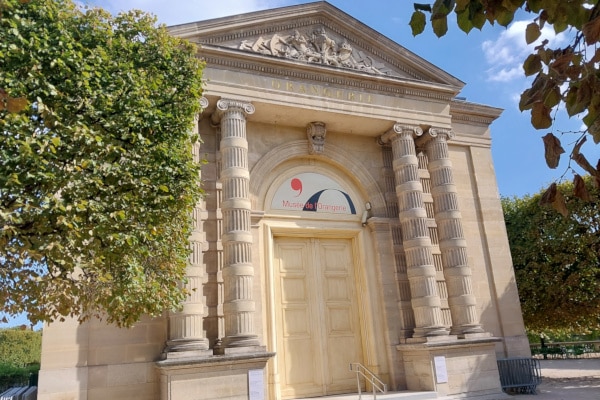
Photo of the western facade of the Orangerie museum.
Orangerie Museum Private Guided Tour essentials
From 130 € for 1 to 2 people + 25 € per extra personn
- +/- 2 hours guided tour in English
- Really private tour = your party only (6 people max.)
- Postgraduate (MPhil) certified French national guide
- Flexible time schedule
- Not available on Tuesdays
- Skip-the-line ticket to buy online (12.5 € per adult)
Skip-the-line-tickets clarification : on-line tickets .
KNOW MORE / BOOK NOW
Your Private Orangerie Museum Tour Guide
Certified French national guide
BA, Magna Cum Laude, Heritage Developpement & Preservation from Conservatoire des Arts et Métiers
Postgraduate from Paris Dauphine-PSL University
The Orangerie Museum
When not used to protect the trees, the Orangerie was used as a venue for public events.
In 1927 the Orangerie became the Musée Claude Monet – with its two Monet’s Water Lilies immersive rooms – a few months after the artist’s death.
From the 1930s, the rest of the Orangerie was used for temporary art exhibitions, and most of them became very famous. From 1930 to 1933, Impressionism; 1934 Painters of Reality (17th C.); 1936 Rubens; 1937 Degas, etc.
Since 1966 The Orangerie also houses the prestigious Jean Walter and Paul Guillaume paintings collections.

Jardin des Tuileries from musée de l’Orangerie. Initially, the northern facade of the building was windowless.
Orangerie Museum Tour Organisation
The tour is organized in three parts.
The Museum outside.
The eight large Water Lilies murals by Claude Monet in their two dedicated rooms.
The Guillaume-Walter collection.
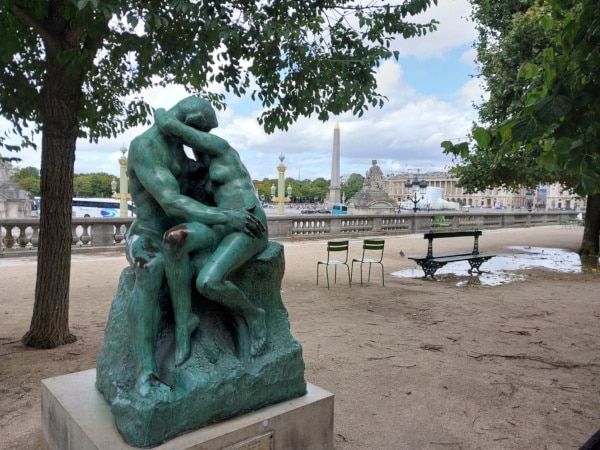
The Kiss by Rodin in front of the Orangerie Museum entrance, the artistical experience starts outside the museum.
Monet & the Water Lilies
Monet was raised in Le Havre, Normandy; there, he started to study art in 1851, and in 1858 painter Eugène Boudin introduced the young Monet to plein-air painting (Outdoor). Monet arrived in Paris in 1859 and followed the classes of academic history painter Charles Gleyre. There, he met Pierre-Auguste Renoir, Frédéric Bazille, Alfred Sisley, three other painters who also became prominent actors in the preimpressionist and impressionist movement (Bazille being apart as he died in 1970 during the Franco-Prussian war, before then the first impressionist exhibition of 1974).
Nevertheless, if you have to choose only one painter for impressionism, Monet is the one. During his long career (he died in 1926, aged 86), he was the most consistent and prolific practitioner of impressionism’s philosophy, and the term “Impressionism” is derived from the title of his painting Impression, Sunrise (French: Impression, soleil levant). This painting was presented to the public in 1874 at an exhibition organized by Monet and his associates as an alternative to the Salon (State organized official exhibition) which will quickly become famous as the first Impressionist exhibition.
In 1890 Claude Monet purchased a property in Giverny (Normandy) in which, from 1893, he started to create a “water garden”: a pond spanned by a footbridge (a reference to Japanese art). In 1999 Monet started the Japanese bridge series, and the year after, his blooming waterlily pond became the dominant theme of his work. Monet oriented his research to pictorial space. From 1905, he abandoned all references to the perspective in his waterlily works. In total Monet painted more than 300 Waterlily canevas, with between them a lot of large formats
The Jean Walter and Paul Guillaume collections
From a modest origin, Paul Guillaume became a major art dealer during the first decade of the 20th Century. His interest in African sculptures aroused the attention of Guillaume Apollinaire, who introduced him to many of the artists working in Paris as Matisse or Picasso.
Guillaume was the art dealer of Chaïm Soutine and Amedeo Modigliani, who, despite being very different, had a short but strong friendship period.
After the death of Paul Guillaume in 1934, his collection passed into the hands of his wife, Domenica, who later married the architect Jean Walter. The initial Paul Guillaume avant-garde collection then became a little wiser with the sale of the most avant-garde works and the purchase of more “classical” paintings like, for example, a lot of Renoir’s masterpieces.
Since 2020 after having been renovated, the rooms of the Jean Walter and Paul Guillaume Collection received a new hanging focusing on the Modernist aspect of the collection.
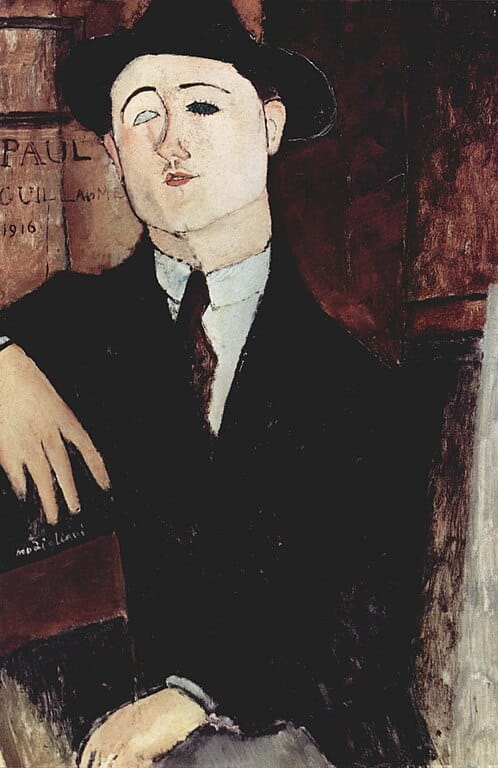
Paul Guillaume by Amedeo Modigliani. Modigliani painted many portraits of Paul Guillaume; this is the one the Museo del Novecento (Milano), in our opinion the best one is the one from the Orangerie.
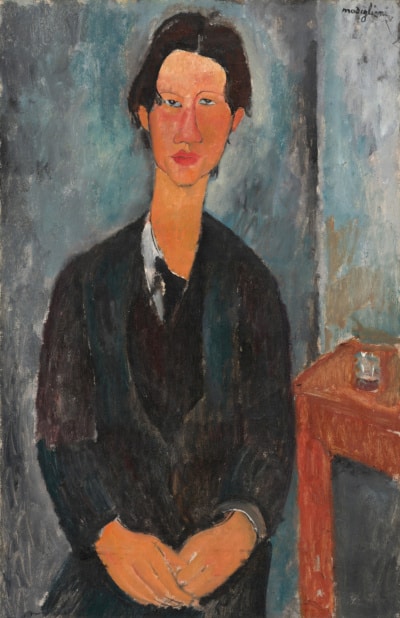
Chaim Soutine by Amedeo Modigliani (Courtesy National Gallery of Art, Washington). Soutine and Modigliani are considered the founders in 1910 of the School of Paris.
Thinks to Know Before Booking
Meeting Point
Close to the Orangerie Museum entrance (exact place on the tour confirmation voucher).
Access: Métro Line 1 station Concorde.
Orangerie Museum-Tour Attention Points
- Prices do not include food, drinks, or any other extra services.
- Tour duration and content are indicative. Visits may vary due to contingencies.
- A private tour means a tour for you & your party only, not that Rodin Museum is privatized.
- Skip-the-line ticket means a ticket bought online; nevertheless, you still have to stand in line with other Skip-the-line ticket bearers for security and sanitary controls.
- Refund: if we cannot do the tour for any reason, we refund the tour, but never your museum tickets.
Book Your Private Tour of The Orangerie Museum
Orangerie Museum Private Tour
+/- 2-hours tourFor 1 to 2 people + 25 € for any extra person
A group of maximum 6 people exclusively yours
English language
Tickets not included
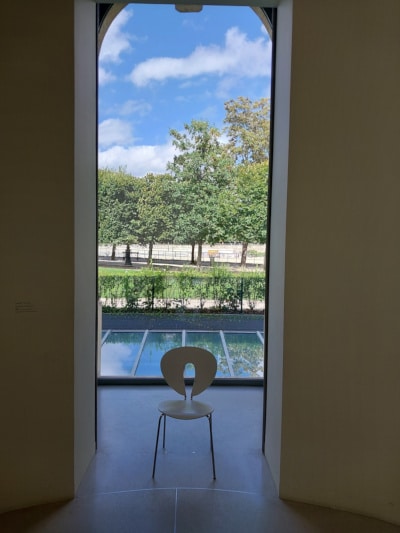
Tuileries Garden from Orangerie Museum


